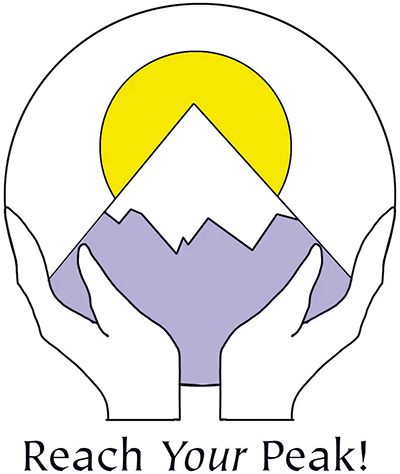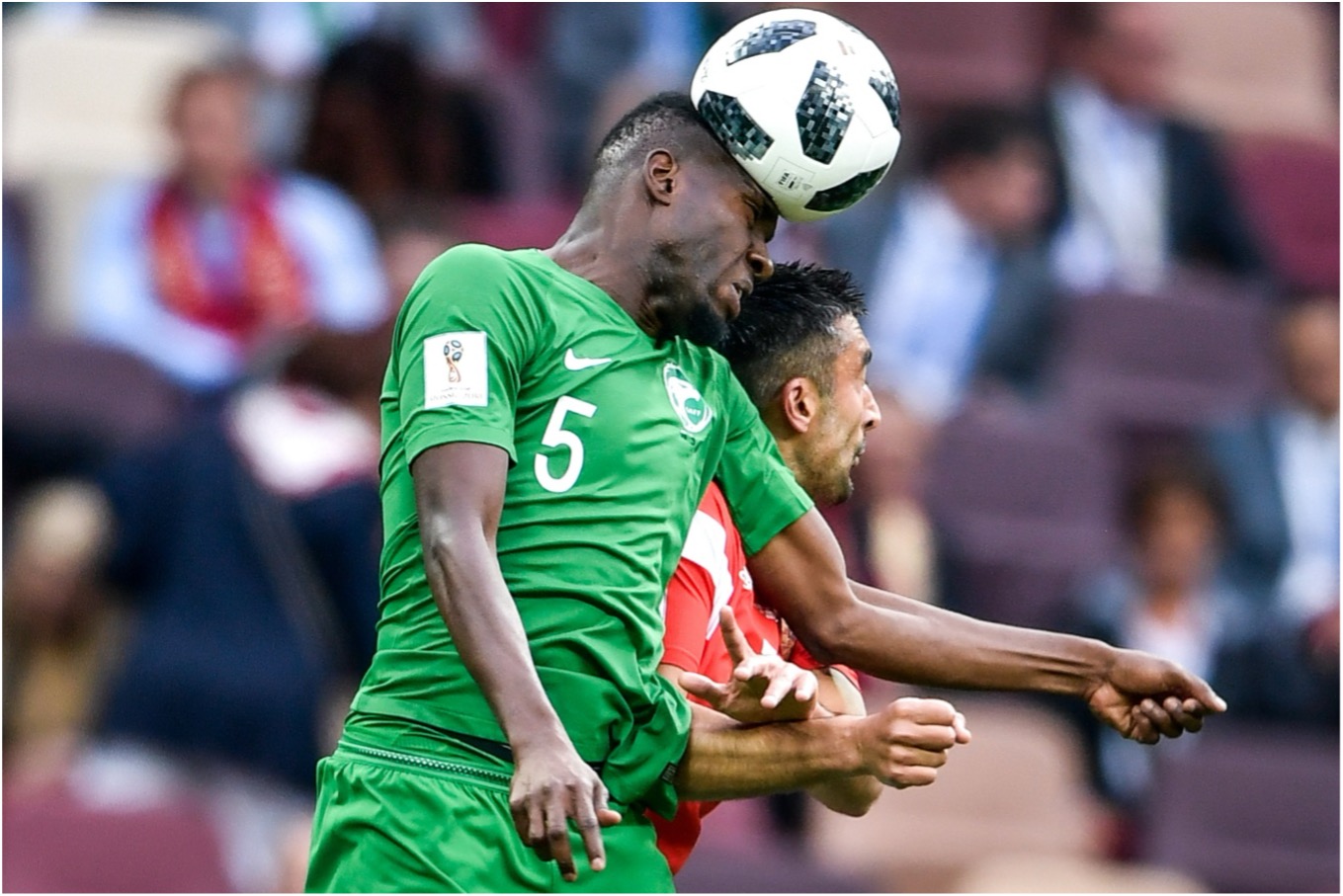The shooting at the National Football League headquarters on Park Avenue in New York City on July 28, 2025, left four dead and one injured by the shooter, Shane Tamura, 27. He wrote tht he had the intent to kill and claimed that he acquired Chronic Traumatic Encephalopathy (CTE), after playing football in high school.
One of the suicide notes in Tamura’s pocket accused the NFL of concealing the dangers to players’ brains of CTE to maximize profits. The second note requested that his brain be studied for signs of CTE through autopsy after death, which is the only way it can be currently diagnosed. What researchers have discovered is that CTE has been a reality in that many professional football players whose brains have been analyzed after death had this condition. What makes it intolerable for the living is that CTE gets worse with age and is manifested by mental distress, apathy, depression, anxiety, impulsivity, dementia, violence, suicide, and homicide. As a result of this research, many believe that it is only a brain disorder for professionals who play in major league football long-term.
However, researchers who examined the brains of 152 contact sport participants who had died under the age of 30 found that 41.4 percent had signs of CTE. Of these, more than 70 percent were not professional athletes. So, it is more convincing now that the science behind this is clear: CTE starts early in an athlete’s life and is not limited to professionals.
Such was the case with Shane Tamura whose autopsy, as requested in his note, revealed he had unambiguous diagnostic evidence of low-stage CTE, as stated by the medical examiner. Chris Nowinski, co-founder and CEO of the nonprofit Concussion Legacy Foundation stated that Tamura’s findings should be a “wake-up call” to football coaches and other leaders in the sports world and that it should trigger stricter guidelines for America’s most popular sport. Although researchers are claiming that studies are ongoing, Nowinski posited that we do not need any more research to convince high school coaches to change the rules of the game, but there needs to be a will to do it, he noted.
A public health policy analyst, Katherine O’Malley, wrote in her article, “There’s a Way to Deal with Brain Injuries in Football. It Isn’t Safety Gear,” that the Guardian Cap and the Q-Collar are ineffective to protect brains, and that the “only sure way to prevent head injuries in football” is not to play it at all.
Besides Not Playing, How Can We Limit Concussions?
While there is no way to prevent sports concussions entirely, here are some steps parents, coaches, and athletes can take to limit head injuries, according to Dr. Stephen Kroll, Sports Medicine Primary Care Physician. A common cause of brain injury is a hard hit on the head, which puts kids of all ages at risk. Soccer and football are two contact sports that have a high incidence of head injuries, so let’s look at these more closely.
How To Prevent Concussions In Football
For football players, concussions may result from helmet-to-helmet contact, improper tackling techniques, running plays, and dangerous falls. However, although football is a high impact sport, improved awareness has led to better concussion prevention for young athletes, and 50 states have laws in place that improve prevention and rapid treatment of traumatic brain injuries. To limit injuries, parents, coaches, and players should be well informed of safety strategies such as those below before stepping onto playing fields:
- All safety and protective equipment should fit properly and be in good condition.
- Young players should be taught proper head-up tackling, which should be reinforced by refs and coaches at all times.
- All players should avoid unnecessary contact with helmets.
- Safe play and sportsmanship should be enforced at all times.
- If players suffer a head injury, they should be removed from the game immediately for evaluation and treatment.
- Players should not return to the field until fully cleared by a healthcare professional.
- Players should be encouraged to talk about brain trauma, even if it seems minor.
How To Prevent Concussions In Soccer
US Soccer has implemented new concussion guidelines for young people as a way to keep players safe. The guidelines state that no child under the age of 10 should be heading the ball during practice or games. For athletes ages 11 to 13, heading should be limited to practice only.
Safety when heading the ball:
- Lead with the trunk of the body and pull from the core.
- Communicate clearly with others to let them know you are going for a header.
- Be confident and relaxed rather than stiff-bodied when going for the ball.
- Watch the ball at all times.
- Make contact with the ball with the “sweet spot” of the forehead, that is, slightly beneath the hairline in the middle.
Concussions Can Occur In Any Sport So Be Aware:
- Avoid heat-to-head, arm-to-arm, foot-to-foot collisions with other athletes
- Wear the right protective clothing, such as head gear to protect ears, helmets, padding, shin guards, and eye and mouth guards.
- A form of head protection should be mandatory for safety and be worn consistently.
Mindful Toughness® Skill Sets Protect Winners
Along with the strategies above, an effective way to prevent injuries, improve confidence, and win is to use Mindful Toughness® skill sets I teach that use a “whole-brained-mind-body approach” by accessing Mind Power from both sides of the brain, the left and right hemispheres, as described in Chapter 5 of my book: Wrestling Through Adversity, which are as follows:
- Learn how to “get in the Zone” by using Self-Hypnosis to access the subconscious mind where all athletic skills are stored.
- Use the Breathing Easy exercise as a trigger to relax the body and the mind automatically through progressive muscle relaxation (PMR). This provides muscle readiness to spring into action and reduces chances of injury.
- Mental Rehearsal uses the imagination through the right brain to connect with your senses of seeing yourself, feeling yourself, and hearing yourself performing to achieve desired goals.
- Mental Recall helps you look back to past events where you achieved your goals, won an award, athletic event, etc., and experienced success though your senses. By attaching a “power word” to the event, you can bring a prior positive experience into the present and future to empower yourself.
- Positive Self-Talk uses the left brain (cognition) to recognize negative words that detract form goals and to substitute them with positive words that lead to success.
- Feedback Loop Analysis (See Figure 12 on p.197 of Wrestling Through Adversity) that aids in improving performance by looking objectively at your errors as opportunities to learn what works and what doesn’t and to make fine-tuned adjustments to score more.
Flag or Tackle Football? Which One Will Thrive?
If you were to gaze into a crystal ball, what would you foresee about the future of tackle football? Would it be Cory Quail, high school PE teacher that you see who resigned as head coach in the hopes of forcing his school to cancel the season for safety reasons? This is what occurred in the recent “epidemic” of high school football program closures because of low participation numbers and high injury accruement.
Or do you see that hindsight is better than foresight when Flag football continues to expand beyond the already 20 million people in more than 100 countries, making it one of the top-growing youth sports in America for both males and females? The question of the day is: Will tackle football be able to sustain its enrollment into the professional arena when a CTE diagnosis is made accessible for the young living athletes rather than weighed solely by the autopsied brains of the dead because “An ounce of prevention is worth a pound of cure?”


0 Comments